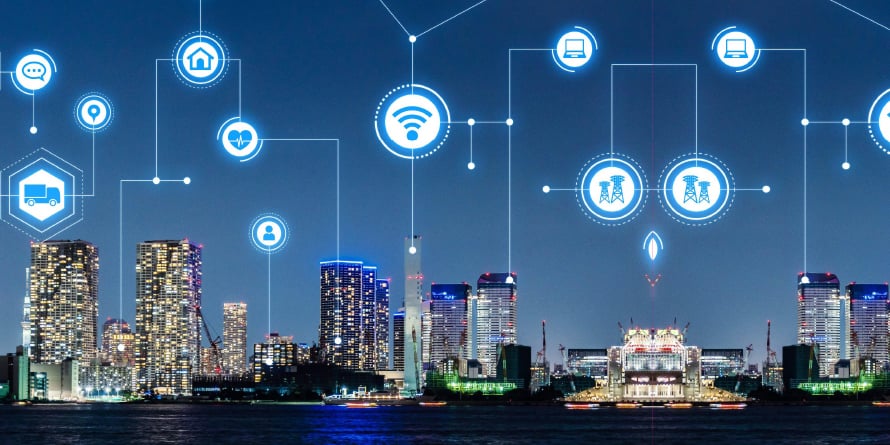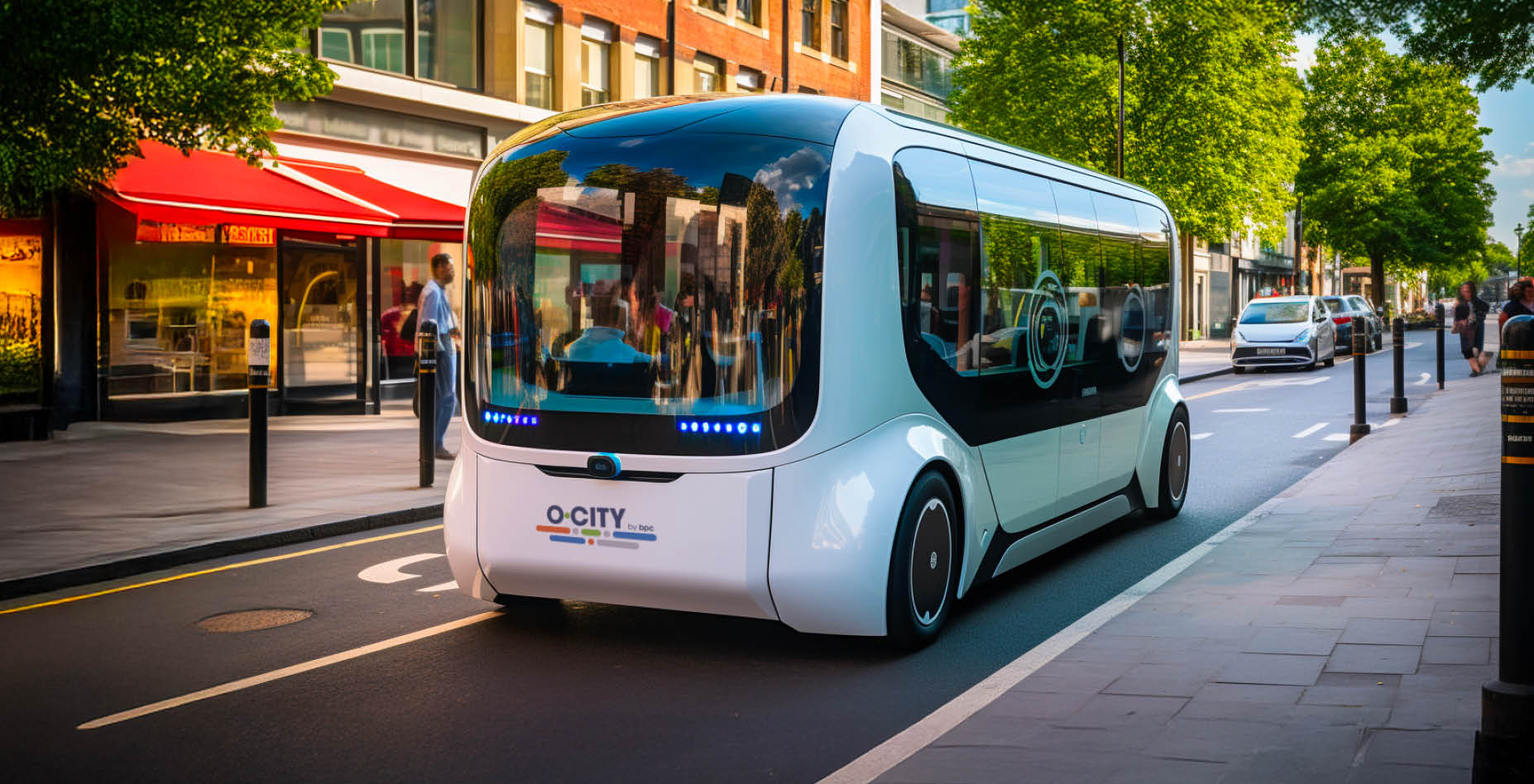Top smart city trends for 2022
This year has been one of aftershocks and recovery. National economies, cities and transport regions have started to slowly return to pre-covid levels thanks to the timely introduction of contactless technologies that helped citizens adapt to lockdown rules.
This technological push manifested itself in more discussions over IoT (which is predicted by IDC to experience double digit growth to 2025 from USD 202 billion this year), and smart application of technologies around public areas, roads and other metropolitan areas, which led to higher adoption of cloud technology, 5G and AI within leading cities and those aspiring to reach smart city status.
In this blog we talk about some of the trends we believe will be important to watch in 2022 in the transportation technology world.
What is coming?
Cloud will prime
With the concept of the ‘shared economy’ growing, real ownership of assets becomes less of a focus for transport organisations and financial institutions. Staying agile and adaptive to every environment becomes more important, as does the SaaS model of technologies, which allows the use of high quality solutions without expenditure on additional physical assets. For the mobility sector this means that every driver or operator would be able to avail of ‘plug-and-drive’, immediately deriving the benefits of the contactless, open-loop solutions that enable it.
Institutions eyeing micropayment sector
Although the micropayment sector has been neglected by financial institutions, it is gaining in popularity - driven by customer adoption of subscription models. Micropayments (defined as transactions worth between USD1 and USD15) are gaining traction with Zoomers who were ‘born’ with smart devices in their hands and are comfortable with subscriptions, free-to-pay, pay-to-win and freemium models.
According to the Online Microtransaction Global Market Report 2021, the micropayments market is predicted to reach USD51 billion by 2025. For the transport industry this might be a signal to start preparing the environment for the upcoming generation of commuters, building an ecosystem based on micropayments in ticketing through various journey payment and subscription plans, tap-to-pay services and prepaid fares.
The race for the best user experience
The next most significant trend across all regions is improvement of customer experience, which comprises various factors including being able to pay with any fare media to having a mobile application to track transport modes for a seamless, multi-modal paperless journey without having to stop at the ticket counter or validator.
Transport operators have already started to look for more intuitive solutions such as tap-to-pay. Many countries have started developing plans to improve public transport use - Egypt, for example, introduced Egypt Vision 2030, which aims to raise national public transport usage by 50% by 2050. The battle for customer loyalty during the pandemic recovery will be fierce and those who embrace this challenge will probably win the market.
Think data, think centralisation
As per our previous year’s article Top Smart Cities trends 2021 data gathering and analytics will remain important throughout 2022. Centralised gathering of data on shifting consumer preferences is more important than ever and transport operators need to quickly adapt to these changes by offering tailored services and tariffs.
AI-powered city governance no longer futuristic - the time is now
With digitisation of various public services, more and more real-time and historical data becomes available to municipalities, businesses and transport operators. In order to make use of this data in a short timeframe, computing and decisions will need to be more frequently delegated to AI - from traffic light and parking sensor management to utility and housing. According to UITP report “Moving forward with artificial intelligence in public transport”, AI is already used for 25% of real-time operations management and customer analytics and 21% of intelligent ticketing systems and these percentages will continue to grow.
Safety and cybersecurity always key
Apart from public safety, which has become a new norm through 2021, another type of security becomes more and more important. Commuter data privacy and regulation of this data becomes a major topic in smart cities as well for those service providers who have started their transformation journey. Demand for safe and secure solutions, backed up by anti-fraud and cybersecurity technology, will increase as cities and operators enrol more customers to their ecosystems.
To conclude
With economies slowly recovering from the global pandemic, smart city initiatives will attract substantial amounts of investment - topping USD158 billion by 2022 according to IDC. While digital transformation continues, cities around the world are likely to spend more time addressing mobility-as-a-service, commuter experience, the IoT agenda, and security of data.
With the ecosystem unification approach adopted across many cities, user experience and centralised management of data will be on most agendas in 2022.
Automated fare collection can enhance different areas of the city, improving the commuter experience and connecting it to the digital ecosystem experience. Transforming services such as parking, bike rental, vending machines, tourist attractions, museums, ride-hailing, and overground and underground transport are an inseparable part of the equation to building a complete seamless experience of a smart city.


